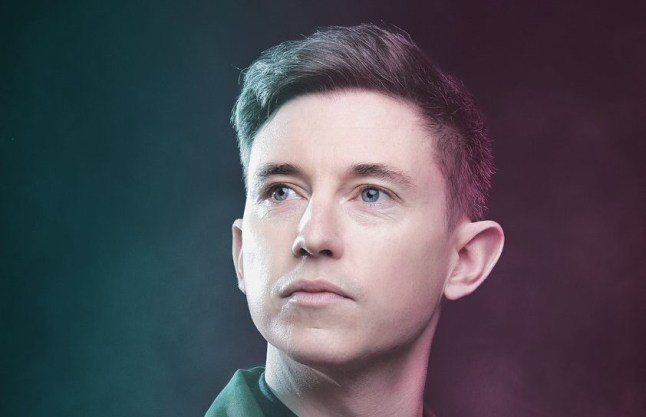
I was at university when I had my first seizure.
One day, I went clothes shopping on my own. I was trying on a pair of jeans in the changing rooms at Topman when I collapsed.
Somebody saw my legs go from underneath the curtain. When I came round, there were around four faces staring at me; I remember thinking one of them was my school PE teacher.
This obviously didn’t make any sense, but things don’t tend to make sense in those first few minutes after a seizure. It’s total confusion.
Somebody asked me if I knew what day it was. I was still completely disoriented, so I just said: ‘Can’t you ask someone else?’.
Gradually, I started to come around properly, and I realised what had happened. I knew it was probably epilepsy – and I was right.
My sister had always had epilepsy, so I’d grown up around it; I knew the signs.
I had no idea, though, that I’d also grown up experiencing the early warning signs – known as an aura – of a seizure myself.
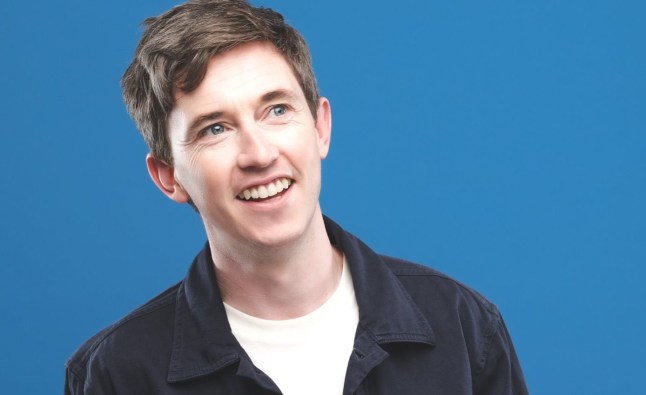
When I was younger, I’d sometimes be lying in bed late at night, and I’d notice that my bedroom door would either suddenly seem huge and very close to me; or it would seem very far away.
I later learned this is known as ‘Alice in Wonderland syndrome’, or AIWS – a brain-related condition that can disrupt how you perceive the world around you – and that, for me, it could have been an early sign of epilepsy.
I wasn’t diagnosed with epilepsy immediately – I had to have MRI scans. While I was waiting for my diagnosis, I had more seizures.
It was always the same – beforehand, I’d feel confused; afterwards, I’d feel confused. After one seizure in public, people were crowding around me and everyone sounded like my best friend from primary school. I hadn’t seen him since then, but that was all I could think about.
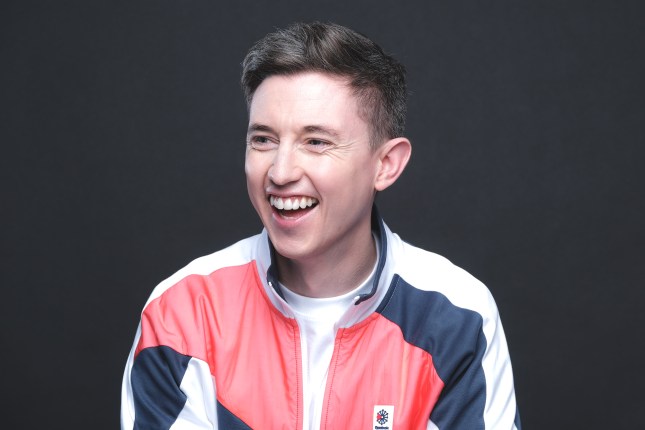
After a few weeks, I was diagnosed with Juvenile Myoclonic Epilepsy.
People tend to assume that epileptic seizures are triggered by flashing lights, but that’s not the case for me. Mine are brought on from tiredness, fatigue and stress.
My diagnosis wasn’t a huge, scary thing for me, because I knew all about it from my sister’s experience. But it was still an adjustment. I was no longer able to drive, in case I had a seizure; and I had to start taking medication. Thankfully, this started working immediately.
For Sarah
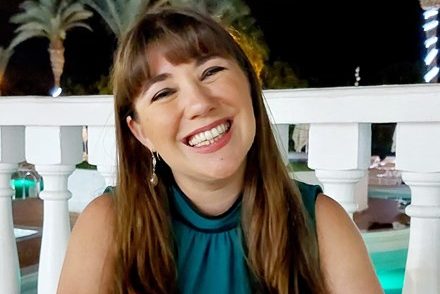
Last year, on March 10, we lost our beloved colleague Sarah Whiteley. Sarah was a fantastic journalist; she was Metro’s parenting columnist and a valued member of our first-person and opinion desk.
Sarah died aged 39 from SUDEP – sudden unexpected death in epilepsy. It is thought that every year around 1,000 people die from causes related to epilepsy.
With support from Sarah’s family, Metro is fundraising for two very important charities: SUDEP Action and Epilepsy Action.
From March 10 to March 26, which marks Purple Day (epilepsy awareness day), we will be running a series of features and first-person pieces, raising awareness of epilepsy and SUDEP.
Sarah was so incredible at helping other people share their experiences; she was a born storyteller and we hope to do her proud with this series, while raising money in her memory.
I’ve been very lucky. I was on medication for around six years, and I’m now medication-free. I’m seizure-free, too, currently – I haven’t had a tonic-clonic seizure since university.
But I still have to be very, very careful.
I’m a comedian now – and, while I love what I do, it takes meticulous planning for me to make the most of my career while managing my condition.
I tour a lot, which means an action-packed schedule. And, because my seizures can be triggered by tiredness, I need to make sure I get enough rest. It’s just not worth the risk if I don’t.
Last year, especially, was very intense and busy. I was supporting Michael McIntyre all round the world, and I was on my own tour.

There was one day when I was doing my tour in Scotland. After my show in Glasgow, I got on the sleeper train to London; got in a car, went straight to the airport and flew to Gibraltar to do three shows out there. Then, after the third show, I flew straight home that night.
For the next couple of days, I noticed this feeling creeping in: My body was jerking a little, like when you’re fast asleep and your leg suddenly twitches. I knew I needed to take some downtime, urgently – because this feeling was a warning. Like a tremor before an earthquake.
When I was on tour with Michael, I’d always have to go straight home after shows, or after a flight, and go to sleep.
If I have an early start, I need to make sure I have nothing on the day before. It’s just imperative that I get enough rest.
Epilepsy Action
Epilepsy Action supports the 630,000 people with epilepsy every day through their helpline, information, groups and services.
The charity’s ambition is to create a world without limits with people with epilepsy. By raising awareness of the condition, too often misunderstood and invisible. By changing the narrative around it, collaborating with healthcare professionals and campaigning for better services. By working to get everyone in the UK to know what epilepsy is and how they can support.
You can donate to Epilepsy Action here.
At first, I didn’t talk about epilepsy in my shows. It never occurred to me that people might want to hear about it.
But after Covid, I just decided to give it a go – and it really resonated with people. After my first show talking about epilepsy, a woman came up to me and said: ‘My son’s got epilepsy; I can’t wait to tell him about you!’.
So many people since then have told me how much it’s meant to them to hear me speaking about my condition.
I’ll tell stories about me – for example, I’ll tell audiences how I had my first seizure during National Epileptic Week, which was fitting! – and stories about my sister. For example, when we were growing up, my two sisters shared a room.
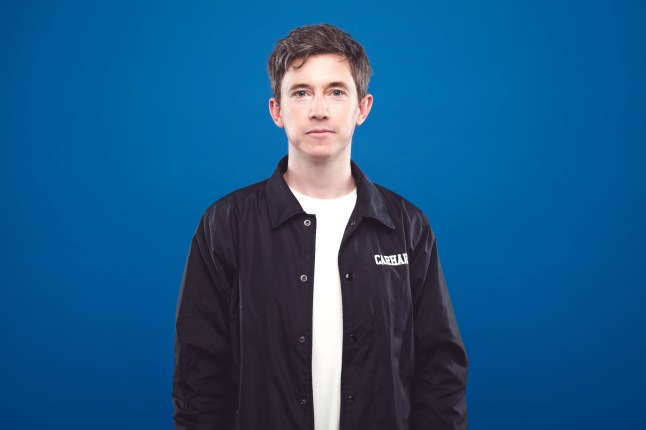
One had epilepsy, and one had a form of OCD that meant she had to flick the lights on and off several times before entering or leaving a room. This resulted in flashing lights, which wasn’t ideal for my other sister’s epilepsy!
I really notice a shift in the audience when I start talking about epilepsy. It’s like the audience is thinking: ‘OK, he’s being honest with us now. We’ve earned his trust.’
These days, I just want to raise awareness. I’ve tried to get documentaries made about it, but I’ve never had any luck.
And we need to raise awareness, because people don’t know enough about it. The assumption from people who don’t have epilepsy is always: ‘You can’t stand flashing lights and you’re going to fall to the floor’. But actually, there are so many ways that epilepsy – and seizures – can manifest.
Young Epilepsy
Join a comedy workshop with Jake Lambert at Young Epilepsy here.
Open to anyone over 16 years old living with epilepsy or anyone who supports a young person living with epilepsy in the UK, this relaxed and friendly workshop offers an opportunity to learn the secrets of stand-up from Jake himself.
My nephew has epilepsy, too – last year, he was having seizure after seizure but he couldn’t get any medication because his pharmacy had run out. But no one seemed to be talking about this medication shortage.
I feel like I’m going mad, sometimes, trying to get the word out to people who don’t seem to be interested in what epilepsy actually is and why we need to take it seriously.
But I’m doing my best. I’m working with the charity Young Epilepsy, running a stand-up course to help young people with epilepsy to get into comedy; and I’m working with Epilepsy Action, too, trying to raise awareness.
And I’ll continue talking about epilepsy – in my shows, and to anyone who’ll listen. When I did Live At The Apollo in 2023, the promoter asked if I could do my ‘epilepsy stuff’ in the show.
‘Of course,’ I said – because that’s what I want. I want to help people, as best I can.
As told to Izzie Price
Do you have a story you’d like to share? Get in touch by emailing jess.austin@metro.co.uk.
Share your views in the comments below.